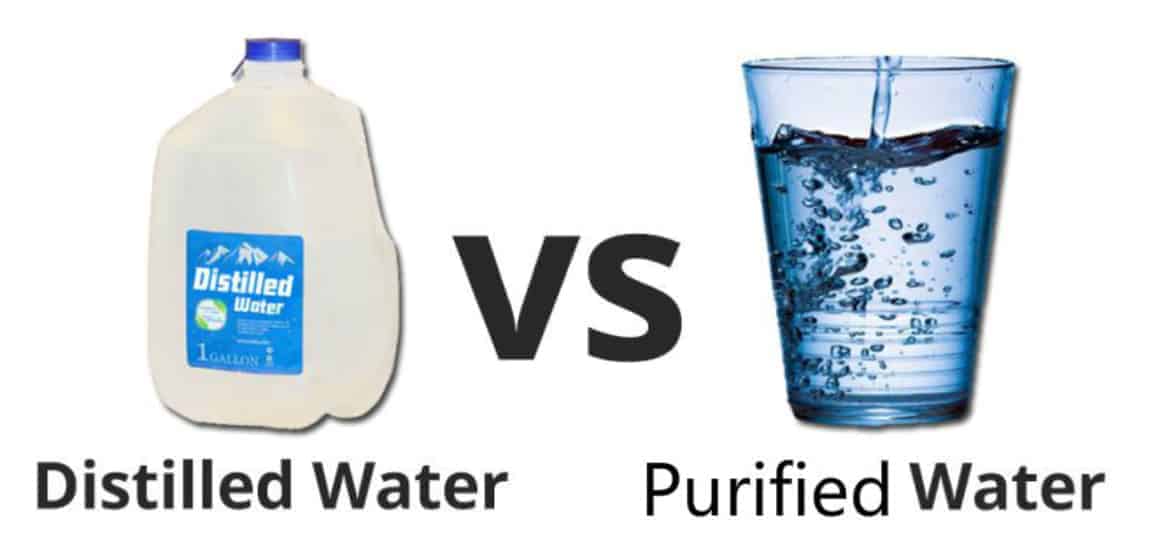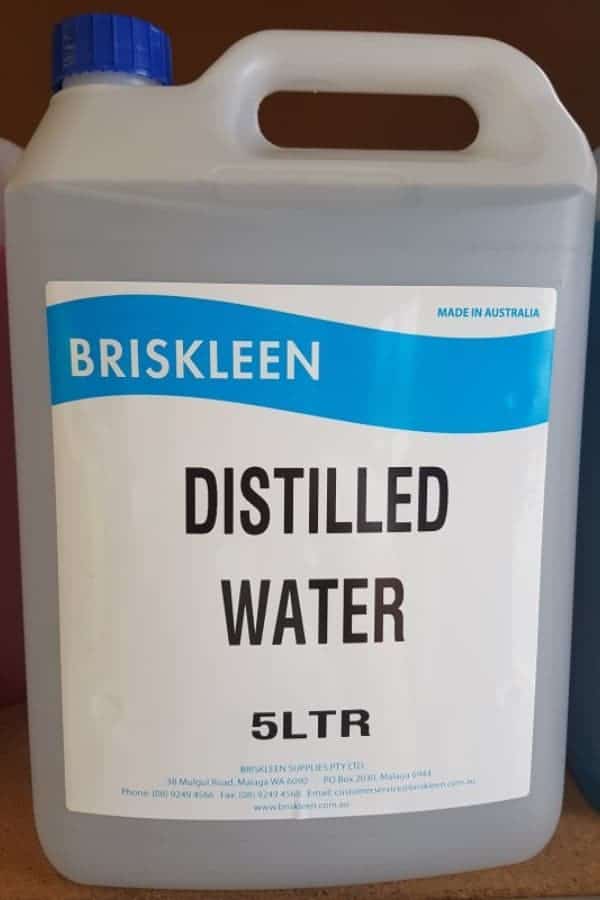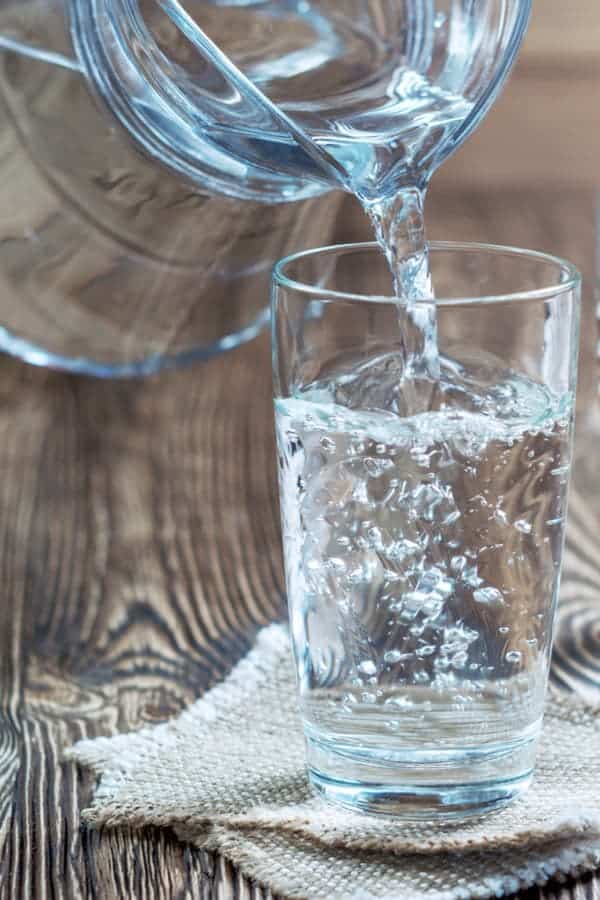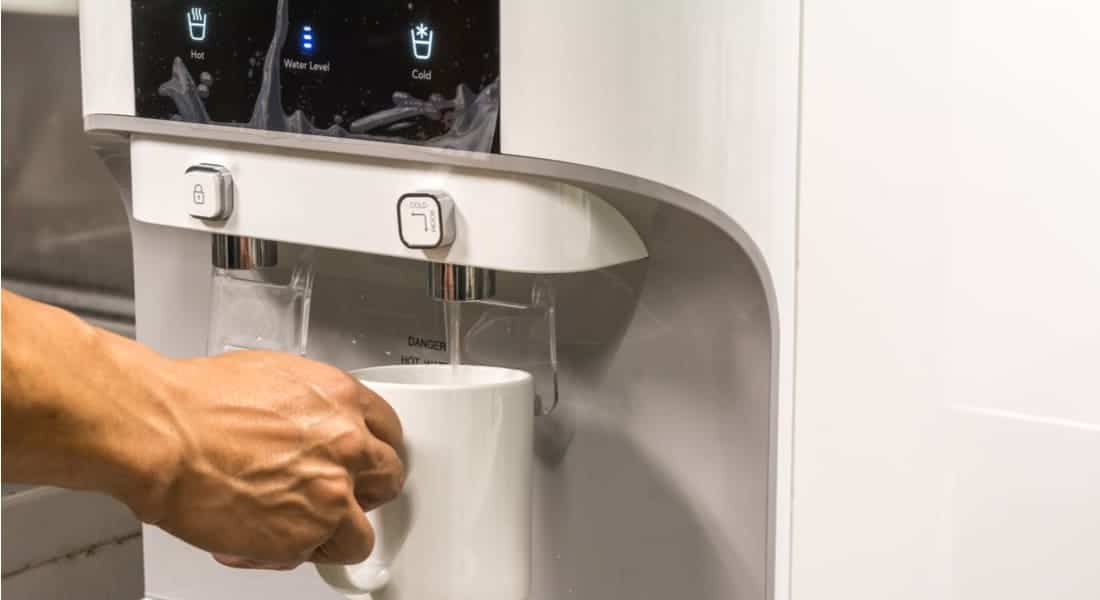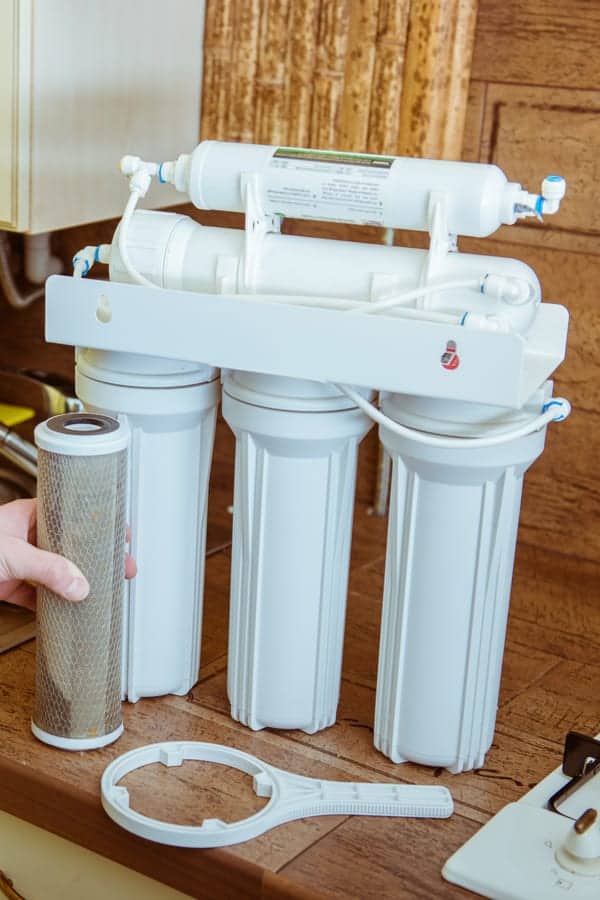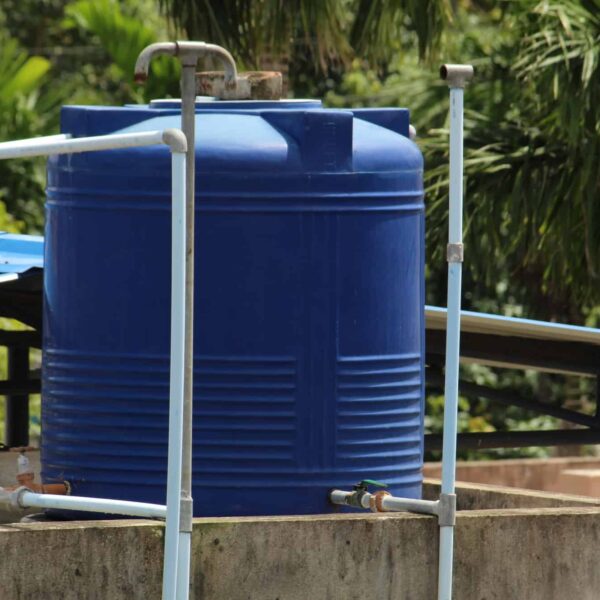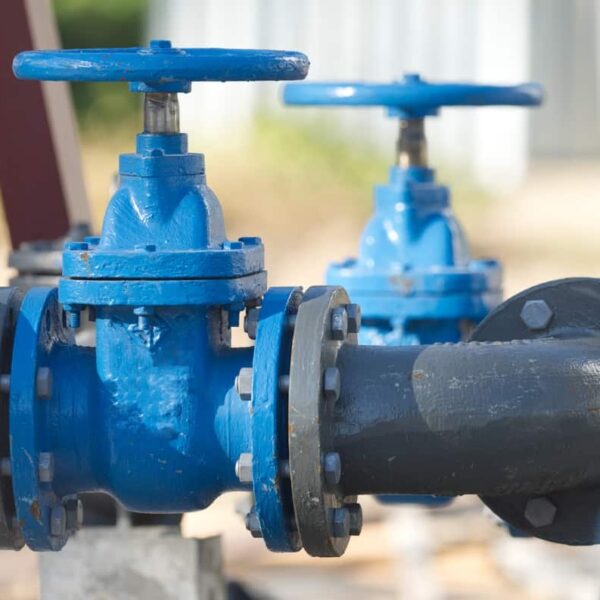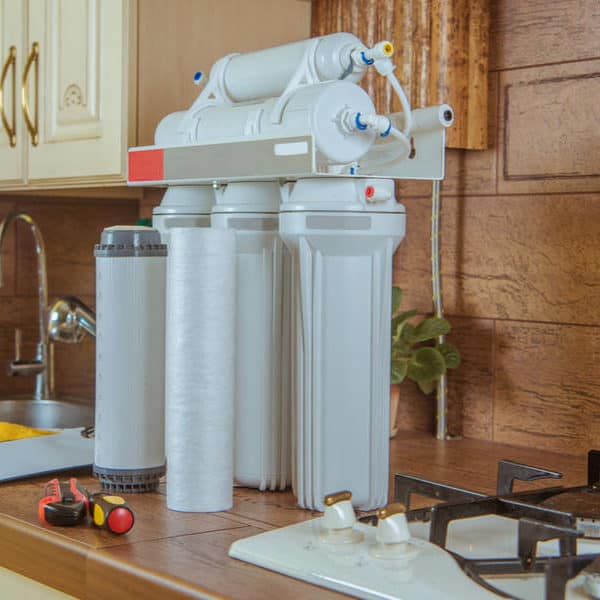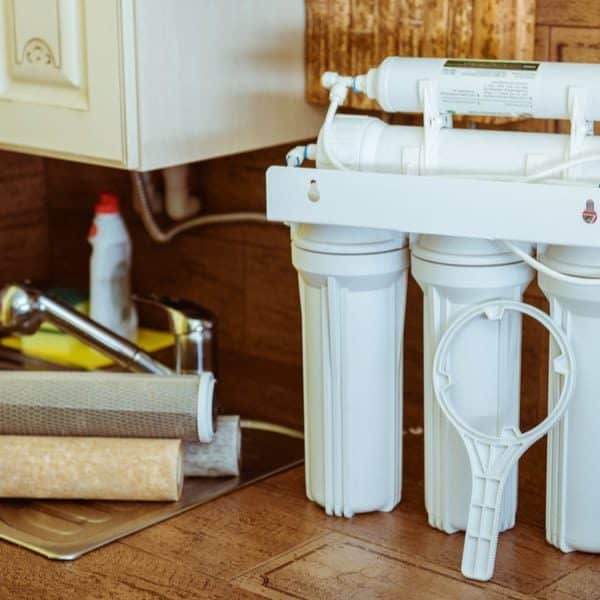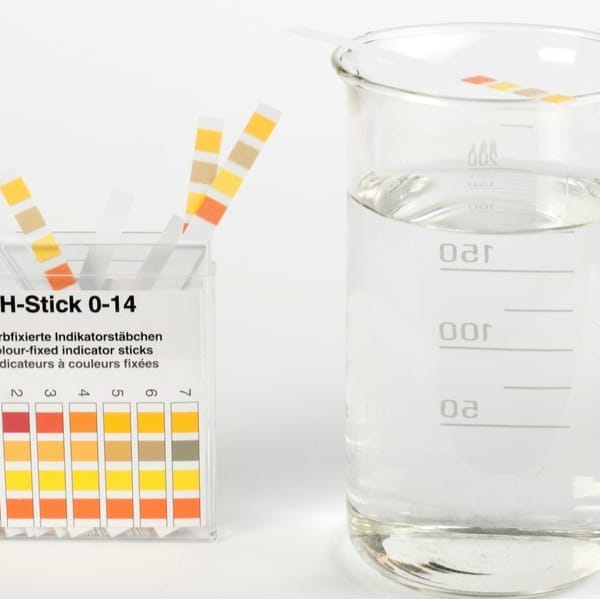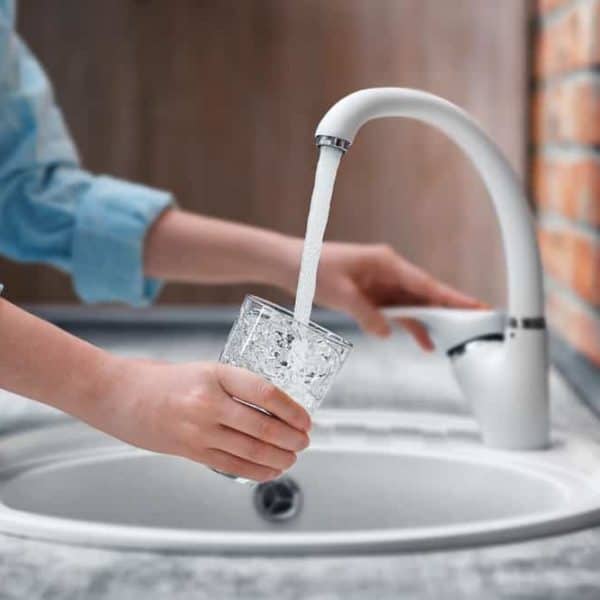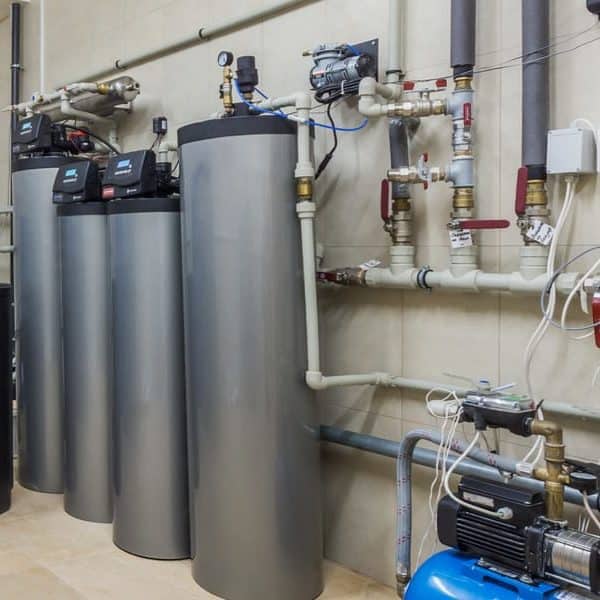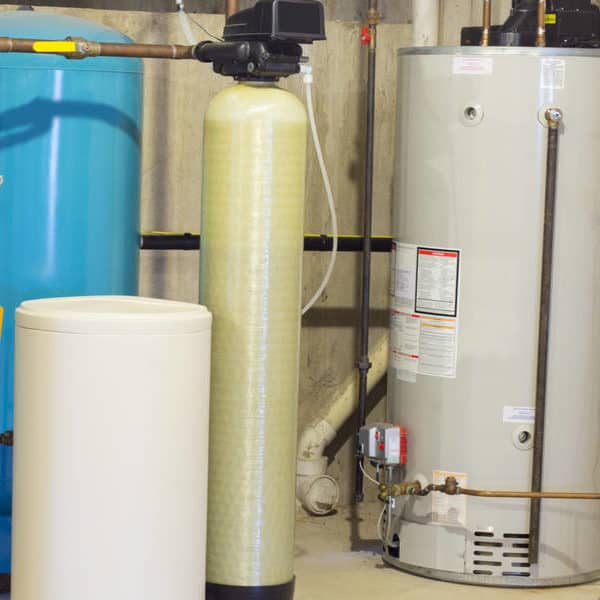All of us need water. Depending on the region you live, you probably drink tap water, take it from the well, or choose purified or distilled option. If you elect on one of the last two solutions, the logical question is which water is better – distilled or purified.
Basically, there is no crucial difference between these two, except the type of process used for obtaining them. Well, there is a catch. The method of distillation is highly demanding regarding energy. Every water distiller uses a considerable amount of it, which makes this method an unfriendly option for the environment.
Different Types of Water Available
- Tap (municipal) water – The chemical composition of this type of water depends on the region in which you live. It contains approximately 300 to 400 PPM (parts-per-million) of TDS (total dissolved solids).
- Spring-water – We get this type of water from a natural underground source, and it contains various nutrients and minerals. After filtering, you will get rid of potential contaminants, which is an excellent healthy option.
- Mineral water – It contains dissolved iron, calcium, magnesium, potassium, and sulfate, as well as 250 PPM of TDS.
- Purified water – It is the purest water you can find on the market with less than 2 PPM. After applying one of the methods for cleaning, including ion exchange, ultraviolet oxidation, reverse osmosis, carbon filtering, or sand filtration, this water becomes 99% pure.
- Distilled water – It may sound surprising to you, but it is actually a type of purified water. The only difference is in the method of removing the impurities. After going through a process of distillation in a water distiller, this water becomes free of bacteria, with approximately 1 PPM.
The water you can get in your home after installing the whole house water filter, or under sink water filter, or faucet water filter, is clear. However, purified water is ultrapure.
Believe it or not, it is possible to measure its purity in PPB (parts per billion) or even PPT (parts per trillion). Do we really need such pure water without necessary minerals? That is the question.
What Is Distilled Water?
We get distilled water after it passes the process of distillation. Basically, it is a way to purify water after its boiling. As a result, it stays free of contaminants, including metals and various inorganic minerals, having boiling points higher than the boiling point of water – 212 F (100 C).
So, while the water boils, it turns into steam. After its capturing into appropriate canisters, condensation, and cooling, it becomes liquid again and entirely pure. The residual precipitate is actually junk full of contaminants.
Is distilled water safe?
Unfortunately, some volatile organic compounds the water contains, like herbicides and pesticides, have boiling points lower than water. That means they boil off first, and you can’t separate them.
So, you need to provide other purification technologies except water distiller to remove impurities from water. The result is water free of microorganisms and harmful compounds, with a 1 PPM.
Benefits of distilled water
The process of distillation is an effective way to remove most contaminants from water. Since it is pure, you can use distilled water for everyday drinking and medical purposes, especially for cleaning wounds.
Also, it doesn’t contain bacteria, which makes it an ideal solution for people with weak immune systems, such as patients with HIV/AIDS and cancer.
Moreover, this type of water is free of chlorine, which improves its taste and decreases your exposure to this element.
Risks of distilled water
Distilled water is the purest one we can get, but it doesn’t mean that it is the healthiest option. Along with harmful contaminants, the process of distillation removes 99.99% of crucial electrolytes and natural minerals, as well.
Decreasing intake of essential micronutrients through water may impact your health negatively. The most severe problem is a low level of calcium and magnesium your body gets. Plus, the lack of fluorides may increase the risk of cavities.
What Is Purified Water?
The definition of purified water implies determining the level of impurities in it. To reach the legal definition of ‘purified water,’ it is necessary to reduce the level of water impurities under ten parts-per-million.
Purified water may originate in springs, taps, or surface or groundwater sources. Basically, the process of purification removes approximately 99.5% of impurities. It won’t depend on variations in the quality of the water in the source.
There are a few excellent purification technologies you can use nowadays.
|
Type of water purification |
Used for | Pros |
Cons |
|
Reverse osmosis |
It removes most dissolved solids and contaminants | It is widely available on the market | The rate of filtration is slow, and the price is high |
|
Ion-exchange |
It removes both positively and negatively charged contaminants | It removes dissolved inorganic contaminants effectively | It can’t remove microorganisms, organic stuff, and sediments |
|
Ionization |
It produces alkaline water of great taste | It adjusts the level of pH to suit your needs | It requires electricity for working and can’t remove organic contaminants and dissolved solids from water |
|
Distillation |
It removes most of the contaminants | It can clean water from bacteria, minerals, and solids | It is a long process requiring careful maintenance |
|
Sediment filtration |
It removes larger particles | It is cheap | It can’t remove smaller contaminants |
|
Granular activated carbon filtration |
It removes chlorine, odor, and bad taste of water | The filtration and flow rate is high, but the price is low | It can’t remove viruses, small-sizes contaminants, dissolved solids, and most minerals |
|
Activated carbon block filtration |
It removes chlorine, odor, and bad taste of water | The filtration capability is excellent at an affordable price | The water flow is low, and it can’t remove viruses, most minerals, and dissolved solids |
|
Ultrafiltration |
It removes most of the contaminants, including essential minerals | Its filtration capability is strong (down to 0/01 microns) | It can’t remove chlorine, dissolved solids, and odor |
| Ultraviolet disinfection | It destroys 99.99% of microorganisms | It is a quick and reliable process, and maintenance is not complicated | It needs electricity to work |
|
Activated alumina filtration |
It removes arsenic, fluoride, thallium, and selenium from water | It removes fantastic 99% of fluoride from water | It requires cleaning with a regenerating agent from time to time |
However, we can also find water, purified in more other ways, including:
- Capacitive deionization
- Carbon filtration
- Microfiltration
- Electro-deionization
- Ultraviolet oxidation
- Double distillation
- Demineralization
- Micro-porous filtration
- Electro-dialysis
What can the water purifier remove?
If you want to get purified water from groundwater, it is necessary to remove the impurities such as:
- Inorganic ions
- Organic compounds
- Particulates
- Endotoxins and nucleases
- Gases
- Pesticides
- Dissolved oxygen
- Detergents
- Sedimentation
- Rubbish residue
All in all, to consider the water purifier top-quality unit, it needs to reduce or entirely remove as many impurities as possible such as:
- Dirt, dust, sediment, and sand
- Chlorine
- Chloramines, fluorides, and nitrates
- Metals, such as arsenic, mercury, copper, cadmium, thallium, aluminum, chromium, and lead
- Elements such as potassium, manganese, nitrate, sodium, radium, and selenium
- Viruses and bacteria, including E. coli
- Cryptosporidium, cysts, and giardia
- Bad taste and odor
Benefits of purified water
In most states, tap water is safe for consumption. Since public drinking water in some regions may contain impurities impacting human health negatively, their drinking water regulations are stringent.
For example, heavy metals such as copper and lead are highly toxic to people and may cause brain damage and stomach distress.
After purification, drinking water becomes free of these metals. The level of remaining metals will depend on the type of purification technology used.
The process of water purification will also remove the unpleasant taste of water caused by chemical treatment.
Risks of purified water
Adding fluorides to public drinking water will reduce dental decay, but that benefit is not worth the health risks, which may occur. Excessive level of fluoride is toxic to nerve cells and brain. Moreover, long-term exposure leads to memory, learning, and cognitive deficits.
Disadvantages of purified water
- Maintenance – If the maintenance of the purification systems is not regular, contaminants will build up in old filters. Consequently, they will reach drinking water.
- Contaminants – The process can’t remove all pesticides and chemicals. The amount and type of chemicals remaining in the water will depend on the method of purification used.
- Cost – Regardless of whether you decide to install the water purification system in your home or regularly buy purified bottled water, it will cost you a lot of money.
- Plastic waste – By buying purified water, you will increase the level of plastic bottle waste. If you include the issue with used filters, your purification system becomes highly eco-unfriendly.
Uses of purified water
There are a lot of situations when this type of water is crucial. The most common uses are for:
- Autoclaves
- Hand-pieces
- Laser cutting
- Laboratory testing
- Automotive use
- Laboratory use
- Industrial uses
It is also an irreplaceable solvent of pharmaceutical products and the ingredient of trademarked bottling formulas.
Conclusion
For our health, it is vital to get free access to clean drinking water. In most cases, sources of public drinking water are safe to drink. However, some people prefer purified water.
It may reduce the level of contaminants from tap water, but its usefulness depends on the region where you live. That should be the crucial factor in choosing to consume tap or purified water.
